Photos: Stone Age Discoveries Made on Mysterious Island
Legend has it that witches gathered every Easter on Blå Jungfrun, an island off the east coast of Sweden. And now, archaeologists have uncovered Stone Age relics on the island that suggest cave rituals were performed there some 9,000 years ago. Take a look at photos of the Stone Age discoveries. [Read the full story on the Stone Age discoveries]
Strange spot

The ritual relics were found on Blå Jungfrun, which, for centuries, has been associated with tales of witchcraft, curses and supernatural powers. Here, archaeologists are working on the island, littered with huge boulders and cut by steep cliffs. They began their work in the spring of 2014. (Photo credit: Kenneth Alexandersson)
Odd opening
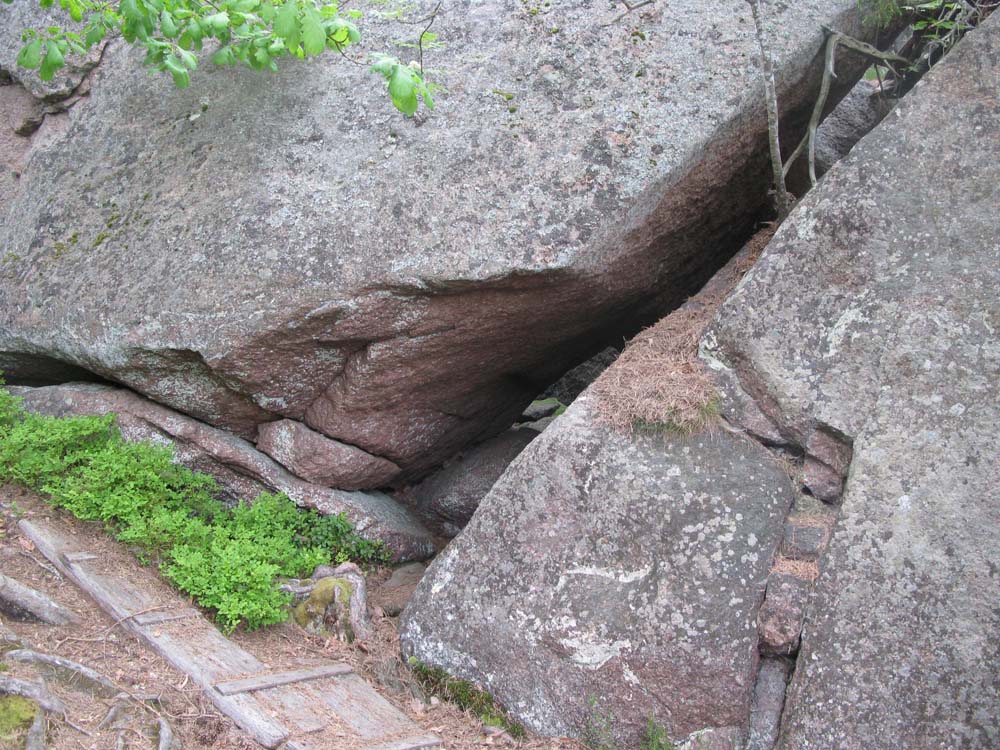
The ritual features, such as a possible altar and animal remains, were discovered in two caves, located close to each other. This image shows the entrance to one of them — it's a tight squeeze … (Photo credit: Ludvig Papmehl-Dufay)
Curious consequence
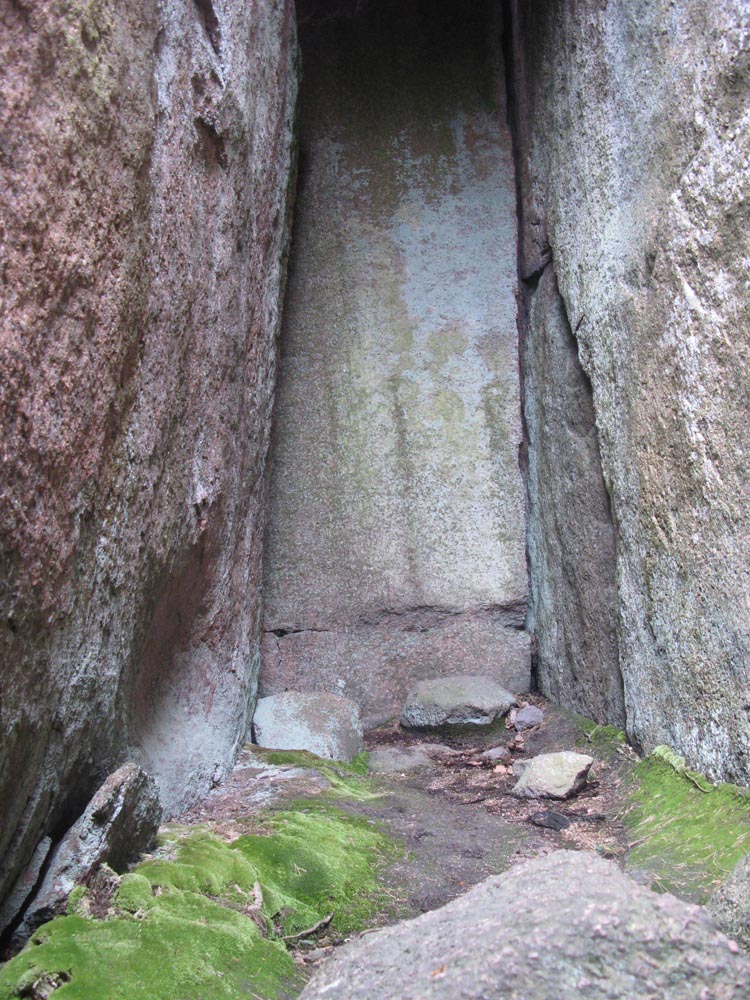
Inside one of the caves, archaeologists found a fireplace below a massive hole that had been hammered into the wall. Only part of this cave is covered, and if you're able to climb above it, you can peer down into the cavern. The noise from the hammering and the sight of the fire burning may have made for an interesting Stone Age effect, the researchers noted. (Photo credit: Ludvig Papmehl-Dufay)
Get the world’s most fascinating discoveries delivered straight to your inbox.
Weird ways

This image shows the entranceway to the second cave, where evidence of ritual activities was also found. (Photo credit: Ludvig Papmehl-Dufay)
Perplexing patch
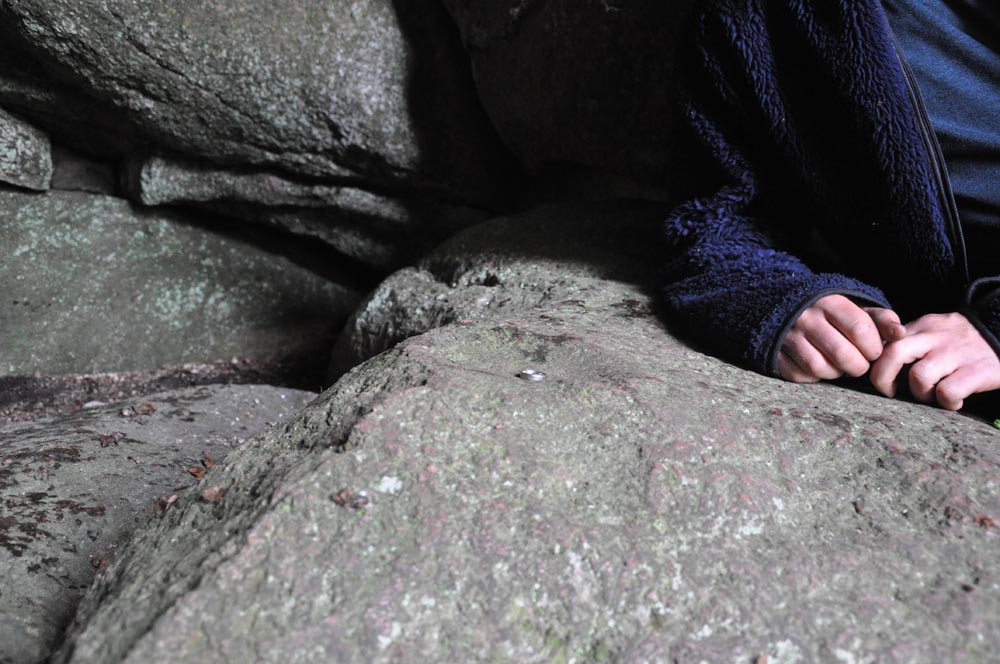
In the second cave, archaeologists found an area that had been used for grinding material. In this image, the archaeologists point out an area where the rock has been grinded up. It may have been used as an altar with offerings being prepared here. (Photo credit: Kenneth Alexandersson.)
Inexplicable instrument
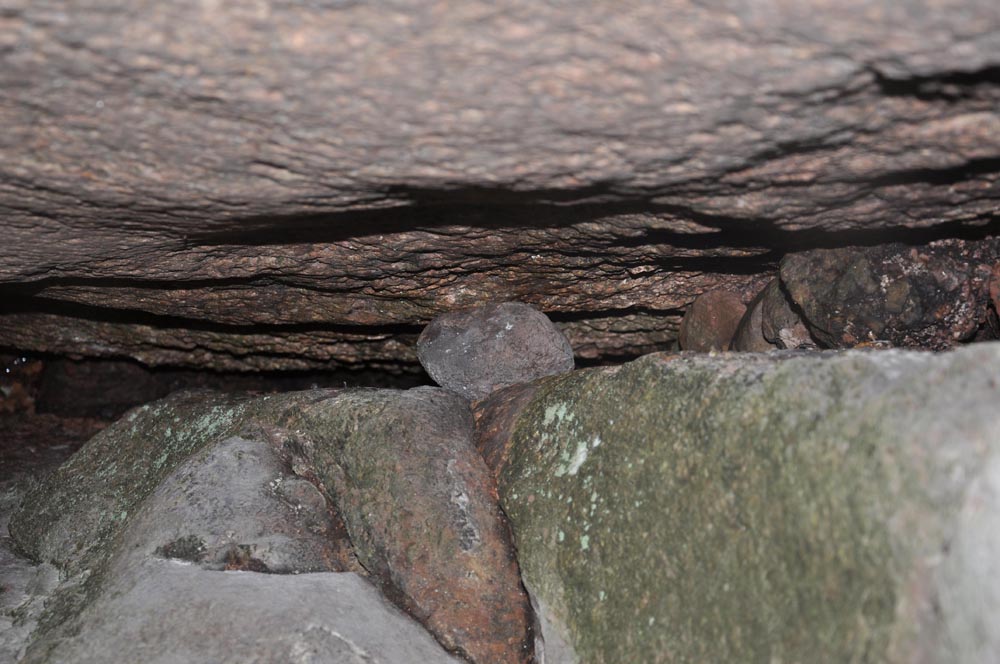
Archaeologists also found a hammerstone, pictured here, within the second cave, which may have been used to help grind or smash material up. (Photo credit: Kenneth Alexandersson)
Cramped covering

In between the two caves, archaeologists found a small rock shelter that was used around 9,000 years ago. (Photo credit: Ludvig Papmehl-Dufay)
Trial trench

Archaeologists excavated the rock shelter, eventually uncovering a thick layer of lithics and animal bones. Here, archaeologists are digging a test pit. (Photo credit: Ludvig Papmehl-Dufay)
Rare relics
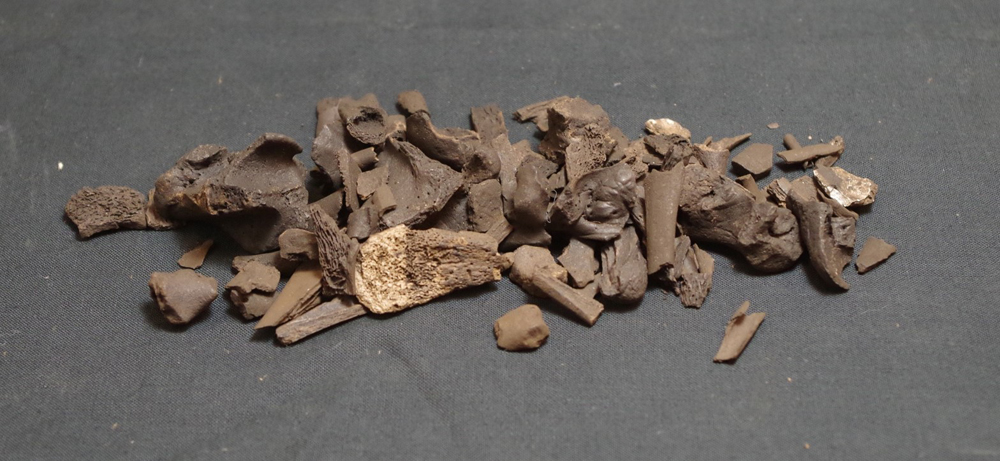
The animal bones came mostly from seals. Radiocarbon dates indicate that the remains were consumed around 9,000 years ago. (Photo credit: Kenneth Alexandersson)
Peculiar place

This image shows some of the lithics found in the rock shelter. The shelter appears to have been used for rest and eating. People may have enjoyed a feast in the shelter after conducting rituals in the caves. (Photo credit: Kenneth Alexandersson)
Puzzling pieces

Archaeologists are currently examining a layer of materials found below one of the caves. They've found the remains of quartz artifacts that may have been used in toolmaking. (Photo credit: Kenneth Alexandersson)
Follow us @livescience, Facebook & Google+.

Owen Jarus is a regular contributor to Live Science who writes about archaeology and humans' past. He has also written for The Independent (UK), The Canadian Press (CP) and The Associated Press (AP), among others. Owen has a bachelor of arts degree from the University of Toronto and a journalism degree from Ryerson University.
